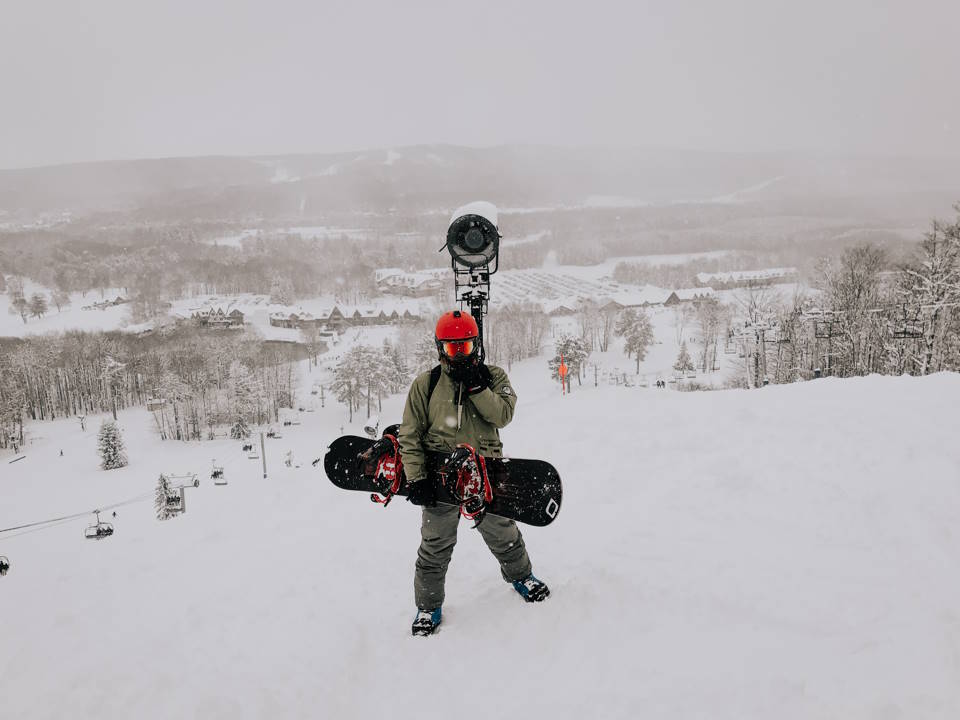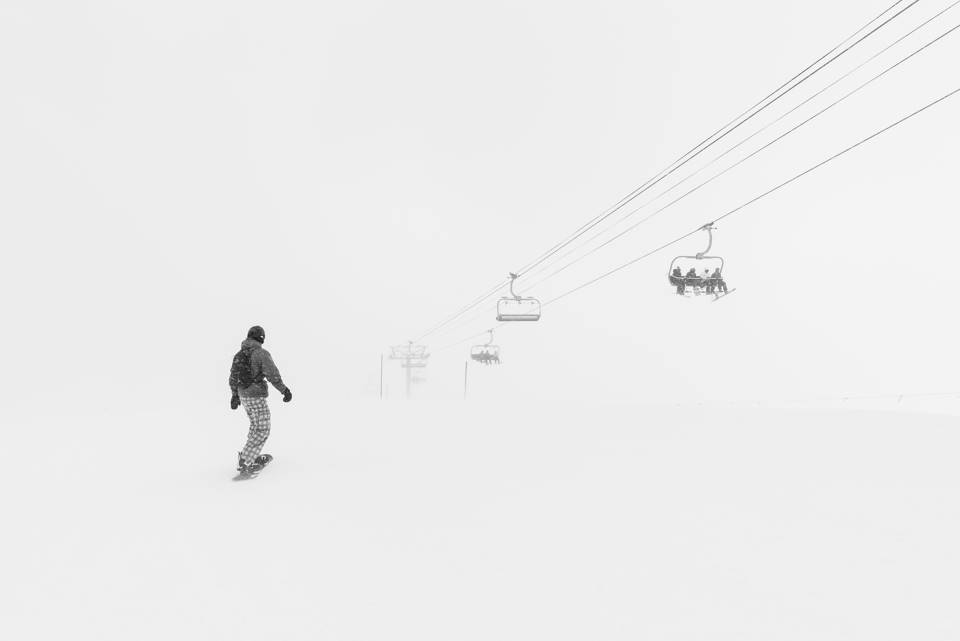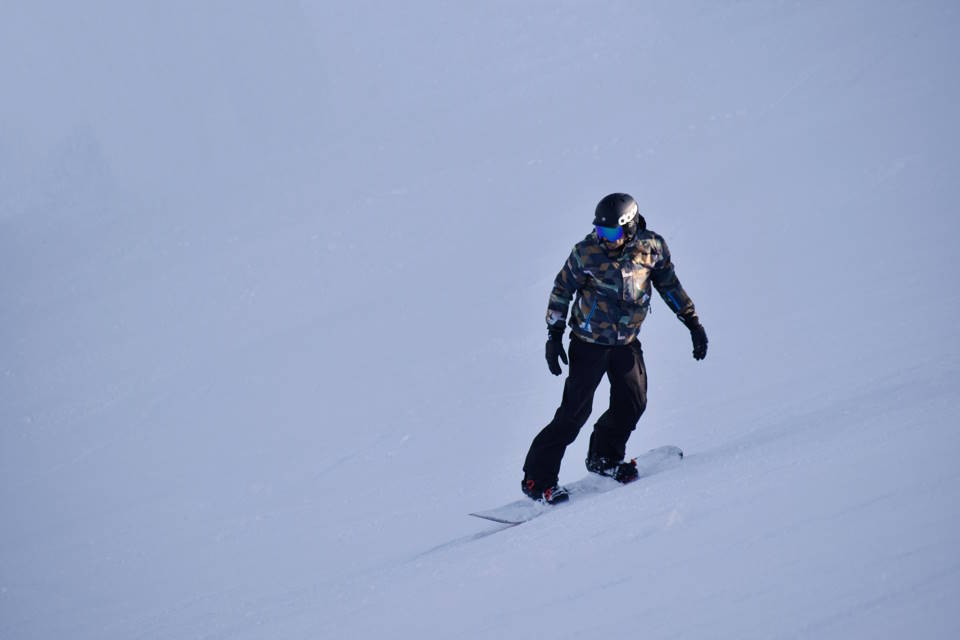Are you ready to hit the slopes and experience the thrill of snowboarding? Whether you’re a beginner or looking to improve your skills, having the right gear and mastering the basic techniques are essential for a successful and enjoyable snowboarding experience. In this blog post, we will guide you through the process of choosing the right gear, mastering basic snowboarding techniques, learning to turn and stop effectively, and building confidence on the slopes. By the end of this post, you’ll be ready to carve up the mountain with confidence and finesse. Let’s dive in!
Choosing The Right Gear
Choosing the right gear is crucial for a successful snowboarding experience. Whether you’re a beginner or an expert, having the appropriate equipment can make all the difference in your performance on the slopes. From the snowboard itself to the bindings, boots, and outerwear, each piece of gear plays a significant role in enhancing your ride. So, let’s delve into the world of snowboarding gear and find out how to make the best choices to elevate your snowboarding game!
First and foremost, when it comes to selecting the perfect snowboard, you need to consider your skill level, riding style, and the terrain you’ll be boarding on. There are three main types of snowboards: freestyle, all-mountain, and powder boards. Freestyle boards are ideal for tricks and jumps in the park, while all-mountain boards are versatile and suitable for various terrains. On the other hand, powder boards are specifically designed for deep snow conditions. Determine your riding objectives and select the appropriate snowboard that aligns with your desired style.
The next important aspect to focus on is the bindings. Bindings play a crucial role in connecting you to the snowboard and maintaining control while riding. Choose bindings that are compatible with your snowboard and provide a secure and comfortable fit. Tighten the bindings properly to ensure your boots are firmly fixed to the board, giving you maximum control and stability.
| PROS | CONS |
|---|---|
|
|
Don’t forget about the boots! Good snowboarding boots should provide comfort, support, and the right amount of flexibility. The boots should fit snugly, allowing you to have precise control over your movements. They should also keep your feet warm and dry to ensure a pleasant and enjoyable snowboarding experience. Look for boots with quality insulation and proper lacing systems for a secure fit.
In addition to the core gear mentioned above, you should also pay attention to your outerwear and protective gear. Dressing in layers is essential to regulate your body temperature, as snowboarding can be physically demanding and cause fluctuations in body heat. Opt for waterproof and breathable garments to keep you dry and comfortable throughout the day. Additionally, don’t forget to wear a helmet, goggles, and wrist guards for added safety on the slopes.
Basic Snowboarding Techniques
Snowboarding is a thrilling sport that combines skill, balance, and a touch of fearlessness. Whether you’re a beginner or an experienced rider, mastering the basic snowboarding techniques is essential for having a great time on the slopes. In this blog post, we’ll dive into some of the fundamentals that every snowboarder should know.
First things first, let’s talk about stance. The way you position your feet on the snowboard can greatly affect your performance. Most snowboarders prefer to ride with their left foot forward, which is called a regular stance. However, some riders feel more comfortable with their right foot forward, known as a goofy stance. Whichever stance you choose, make sure your feet are positioned shoulder-width apart, with your knees slightly bent and your weight evenly distributed between the front and back foot.
Now that you’ve got your stance sorted out, it’s time to learn how to navigate the slopes. The most basic snowboarding technique is the heel-side and toe-side turn. When making a heel-side turn, you’ll shift your weight to your heels by leaning back and bending your knees. This will cause the board to turn in the desired direction. On the other hand, for a toe-side turn, you need to lean forward and put pressure on your toes. These simple yet crucial techniques will help you control your speed and change direction smoothly.
In addition to turning, stopping is another vital skill for any snowboarder. One of the most common stopping techniques is the basic “falling leaf” method. To execute this technique, you need to turn your board perpendicular to the slope, sliding down slowly in a zigzag motion. By applying gentle pressure on your heels and toes alternatively, you can regulate your speed and eventually come to a complete stop. Remember to keep your eyes up and look ahead to anticipate any obstacles or changes in terrain.
- Regular stance: Left foot forward
- Goofy stance: Right foot forward
- Keep feet shoulder-width apart
| Heel-side turn | Toe-side turn |
|---|---|
| Shift weight to heels | Lean forward, pressure on toes |
| Turns board in desired direction | Smoothly changes direction |
Learning To Turn And Stop
So you’ve decided to hit the slopes and try your hand at snowboarding. That’s great! But before you can start shredding the powder, you need to master the basic techniques of turning and stopping. Learning how to make controlled turns and come to a stop are essential skills that will not only keep you safe but also allow you to fully enjoy the thrill of gliding down the mountain.
First, let’s talk about turning. Turning is what gives snowboarding its fluid and graceful movements. It allows you to change directions while maintaining your balance and control. To initiate a turn, you need to shift your weight from the downhill edge of your board to the uphill edge. This shift in weight, also known as carving, will cause your board to edge into the snow and guide you in your desired direction. Remember to keep your movements smooth and avoid any sudden jerks that may throw off your balance.
Now, let’s move on to stopping. Coming to a stop is just as important as turning, as it allows you to take a breather or assess your surroundings. The most commonly used stopping technique in snowboarding is the heel-side stop. To perform a heel-side stop, you need to shift your weight onto your back foot while simultaneously pressing your heel into the snow. This will create friction between your board and the snow, ultimately bringing you to a controlled stop. It’s important to keep your knees slightly bent and your body centered over your board to maintain balance during the stop.
Mastering the art of turning and stopping may take some practice, but don’t worry, it’s all part of the learning process. Start by practicing on gentle slopes and gradually work your way up as you gain confidence and improve your skills. Remember to always wear protective gear, including a helmet and wrist guards, and listen to the instructions of experienced instructors. With patience and determination, you’ll soon be effortlessly gliding down the mountain, turning and stopping like a pro!
Building Confidence On The Slopes
Are you new to skiing or snowboarding? Do you find yourself feeling nervous or anxious when you hit the slopes? Building confidence on the slopes is crucial for enjoying your time on the mountain. Whether you’re a beginner or have been skiing for years, it’s important to continually work on building your confidence and skill level. In this blog post, we will provide you with some tips and tricks to help boost your confidence on the slopes.
1. Start on the Easy Runs: When you’re first starting out or trying to build confidence, don’t be afraid to stick to the easier runs. These runs are usually less crowded and have more forgiving terrain. By mastering the easier runs, you’ll gradually build confidence and be prepared to take on more challenging terrain in the future.
2. Take a Lesson: Even if you have some experience, taking a lesson can be incredibly beneficial. A professional instructor can provide you with valuable feedback and help you improve your technique. They can also give you tips and tricks specifically tailored to your skill level, which can boost your confidence on the slopes.
3. Set Achievable Goals: Setting achievable goals is a great way to build confidence. Start by setting small goals, such as completing a certain number of turns without falling or tackling a specific run. As you accomplish these goals, your confidence will grow, and you can gradually set more challenging goals to push yourself further.
4. Visualize Success: Visualization is a powerful tool for building confidence. Before hitting the slopes, take a moment to visualize yourself successfully navigating the runs and feeling confident. Imagine yourself making perfect turns and conquering any obstacles. This mental preparation can help calm your nerves and boost your confidence.
5. Celebrate Your Progress: It’s important to celebrate your progress, no matter how small. Each time you conquer a new run or master a new technique, give yourself a pat on the back. Recognizing your achievements will help motivate you to continue building your confidence on the slopes.
Building confidence on the slopes takes time and practice. Be patient with yourself and remember that everyone learns at their own pace. With dedication and a positive mindset, you’ll soon find yourself tackling more challenging terrain and enjoying every moment on the mountain.








